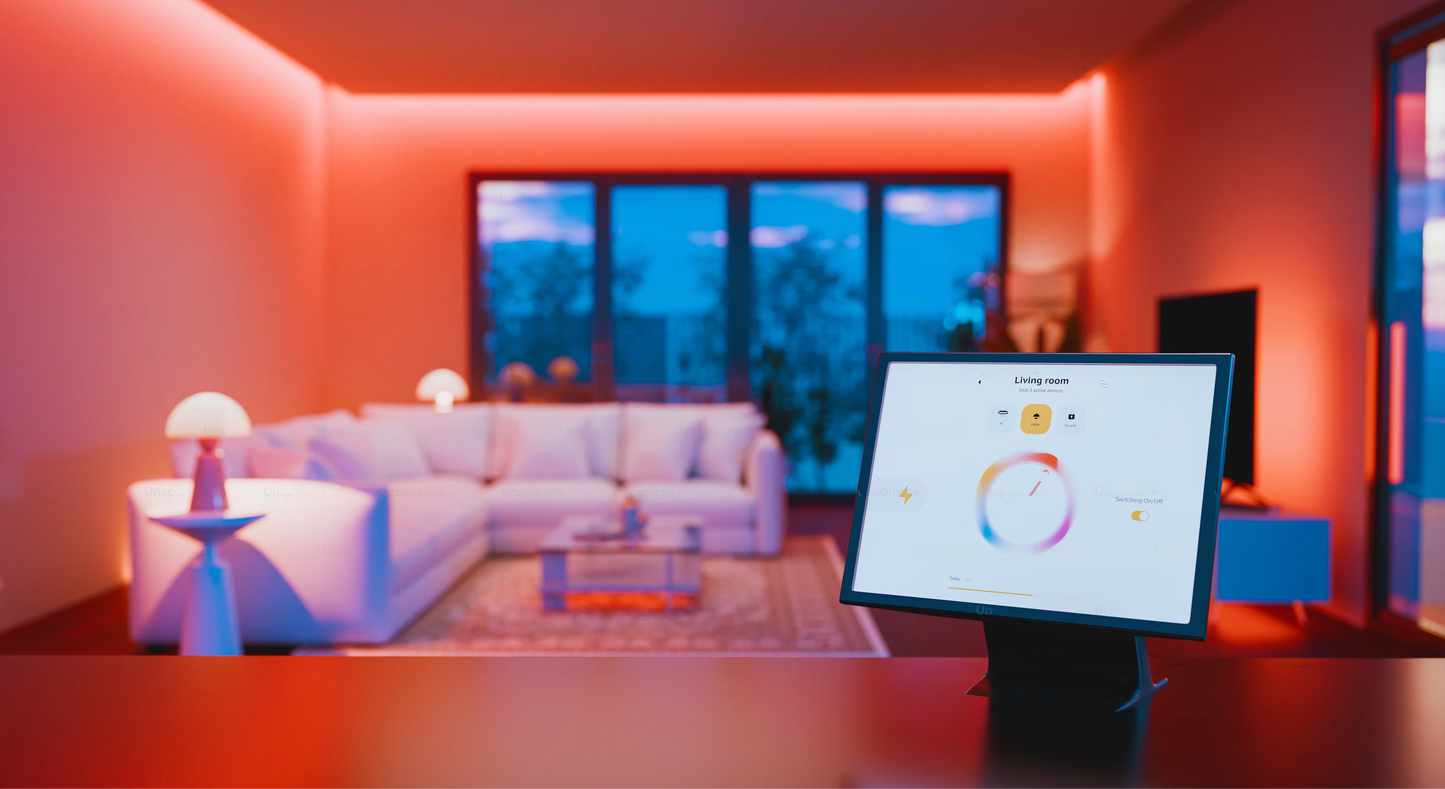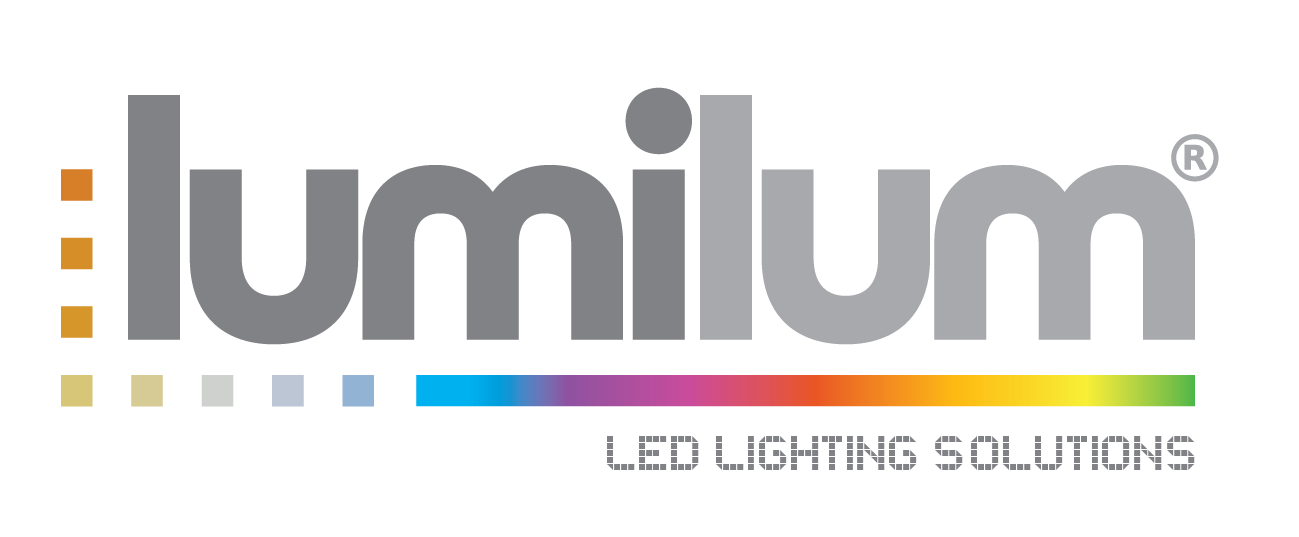
The lighting sector has undergone a significant evolution in recent decades, primarily driven by advancements in LED technology. Renowned for their energy efficiency, extended lifespan, and adaptability, LEDs are consistently advancing, leading to innovative breakthroughs. As we look ahead, various trends and developments are influencing the future of LED lighting.
Smart Lighting and IoT Integration
The integration of smart technology and the Internet of Things (IoT) represents a major trend in LED lighting. Smart LED fixtures allow for remote control through smartphones, voice-activated assistants, or automated systems. This technology offers features such as dimming, color temperature adjustments, and scheduling, which not only improve user convenience but also contribute to energy efficiency. Additionally, IoT-enabled LED systems have the capability to gather data, optimize energy usage, and provide customized lighting experiences tailored to individual preferences.
Energy Efficiency and Sustainability
As the world's energy needs continue to grow, LED technology is advancing to enhance its energy efficiency and sustainability. Modern LEDs use significantly less energy than conventional lighting options, all while providing exceptional brightness and quality. Furthermore, breakthroughs in materials and production techniques are minimizing the ecological footprint associated with LED manufacturing. In addition, there is a growing focus on designing LEDs for recyclability, which supports the principles of a circular economy.
Miniaturization and Design Flexibility
LED technology is evolving to become more compact and adaptable, paving the way for innovative lighting solutions. Miniature LEDs, like chip-on-board (COB) types, allow for elegant, low-profile fixtures that integrate effortlessly into contemporary architectural styles. Additionally, flexible LED strips and panels are finding applications in everything from vibrant retail showcases to captivating art installations. This movement is expanding the potential of light as a fundamental component of design.
Human-Centric Lighting
Human-centric lighting (HCL) is a growing trend aimed at enhancing well-being through customized lighting solutions. By replicating the natural patterns of daylight, HCL LEDs can positively influence mood, productivity, and sleep quality. For example, cooler light shades during the day can increase concentration, whereas warmer hues in the evening encourage relaxation. This innovative technology is being embraced in various environments, including homes, workplaces, educational institutions, and healthcare settings, harmonizing lighting with human biological rhythms.
UV-C LED Technology for Disinfection
The COVID-19 pandemic underscored the critical need for cleanliness and disinfection, leading to a surge in interest in UV-C LED technology. These LEDs produce ultraviolet light capable of eliminating bacteria, viruses, and various pathogens, rendering them suitable for healthcare settings, public areas, and residential applications. In contrast to conventional UV lamps, UV-C LEDs are free of mercury, energy-efficient, and can be seamlessly incorporated into standard lighting systems.
Micro and Nano LEDs
Micro and Nano LED technologies are poised to redefine the landscape of display and lighting solutions. With their exceptional brightness, contrast, and energy efficiency, these LEDs are perfectly suited for premium displays, as well as augmented reality (AR) and virtual reality (VR) applications. Although they are still in the nascent phase of commercialization, these innovations hold the potential to transform our interaction with light in remarkable ways.
Agricultural and Horticultural Lighting
LEDs are crucial in promoting sustainable agriculture. Customizable LED grow lights can be adjusted to specific wavelengths, enhancing photosynthesis and increasing crop yields. Innovations in this technology are particularly advantageous for indoor farming and vertical agriculture, enabling year-round production while significantly reducing energy use.
The future of LED lighting is promising, cutting-edge, and revolutionary. With advancements in smart homes and eco-friendly urban development, LED technology is changing the way we light our environments. By adopting these innovations, both businesses and individuals can tap into the vast benefits of LED lighting, paving the way for a more intelligent, sustainable, and healthier future. As LED technology progresses, it transcends mere illumination; it focuses on improving lives and creating a sustainable future.
